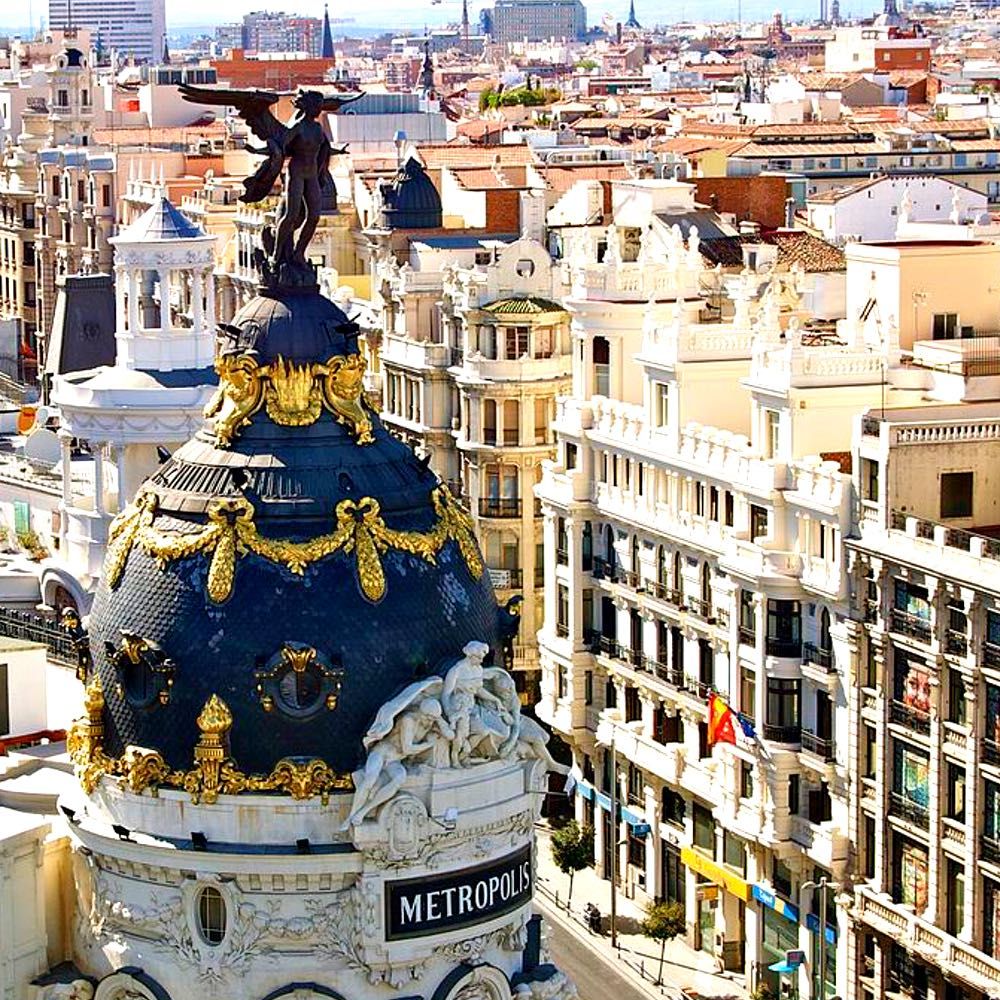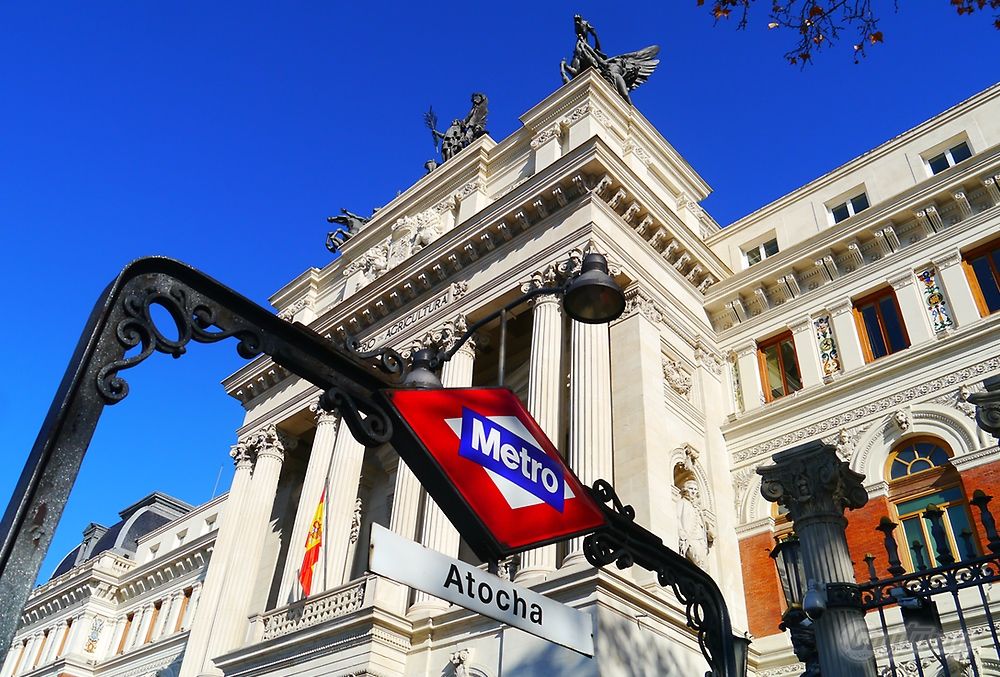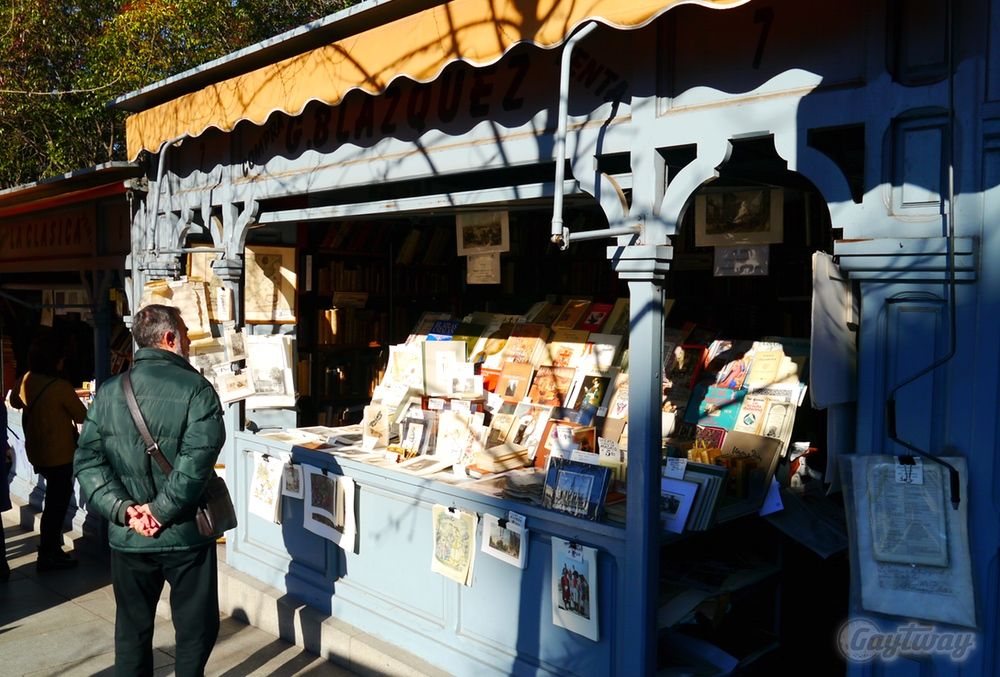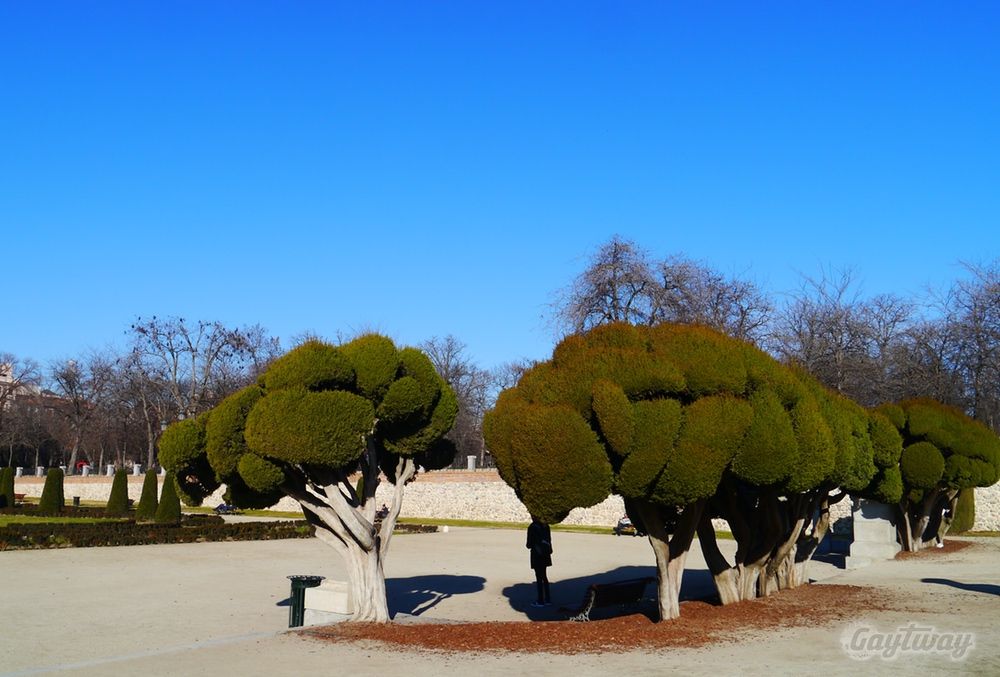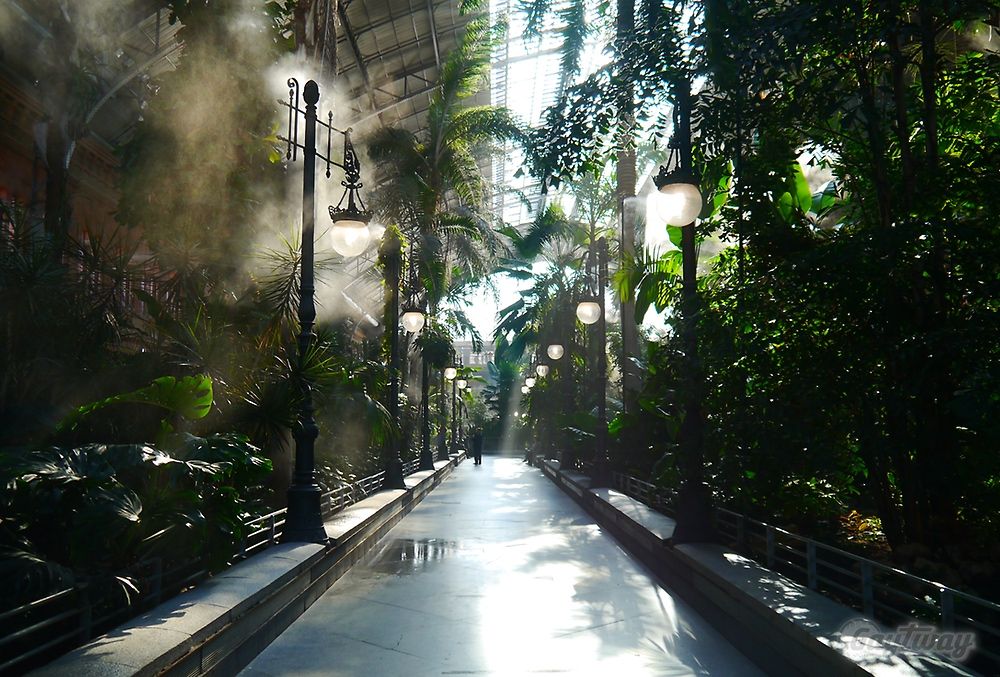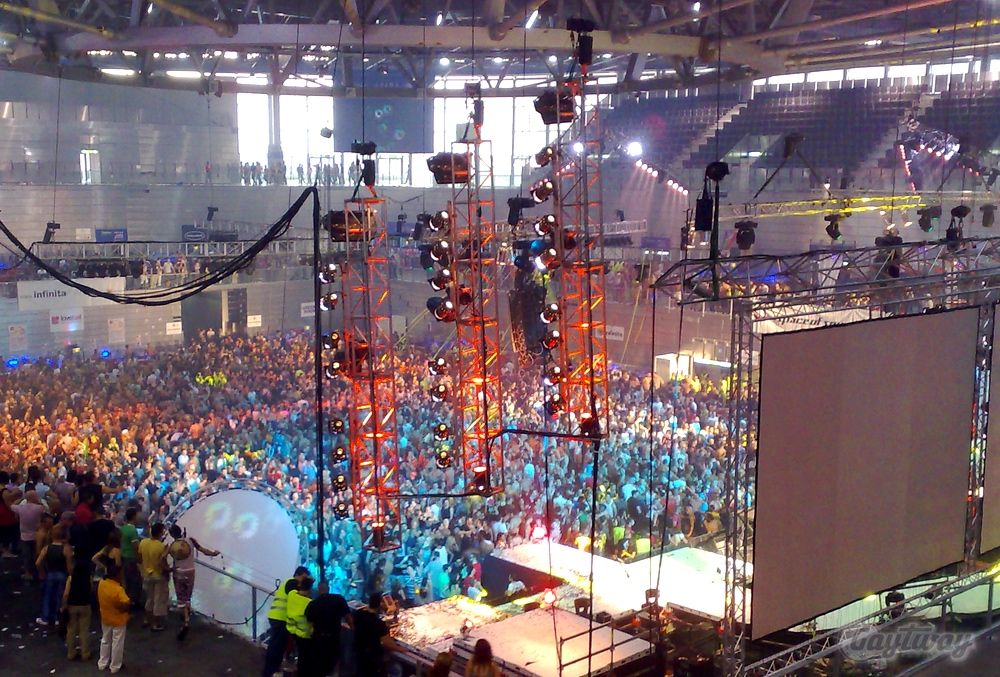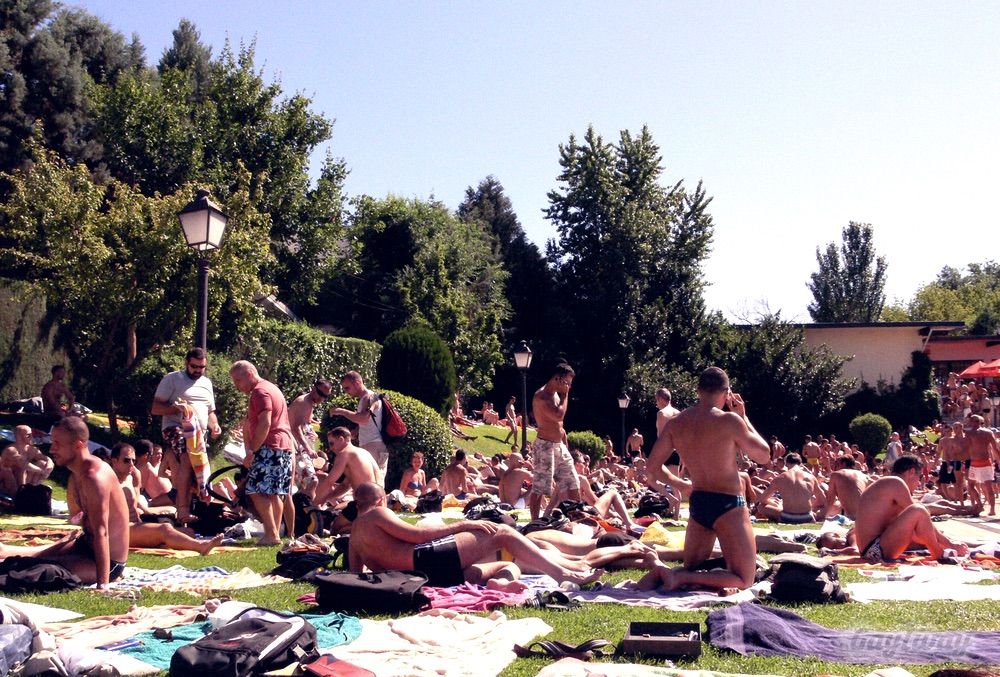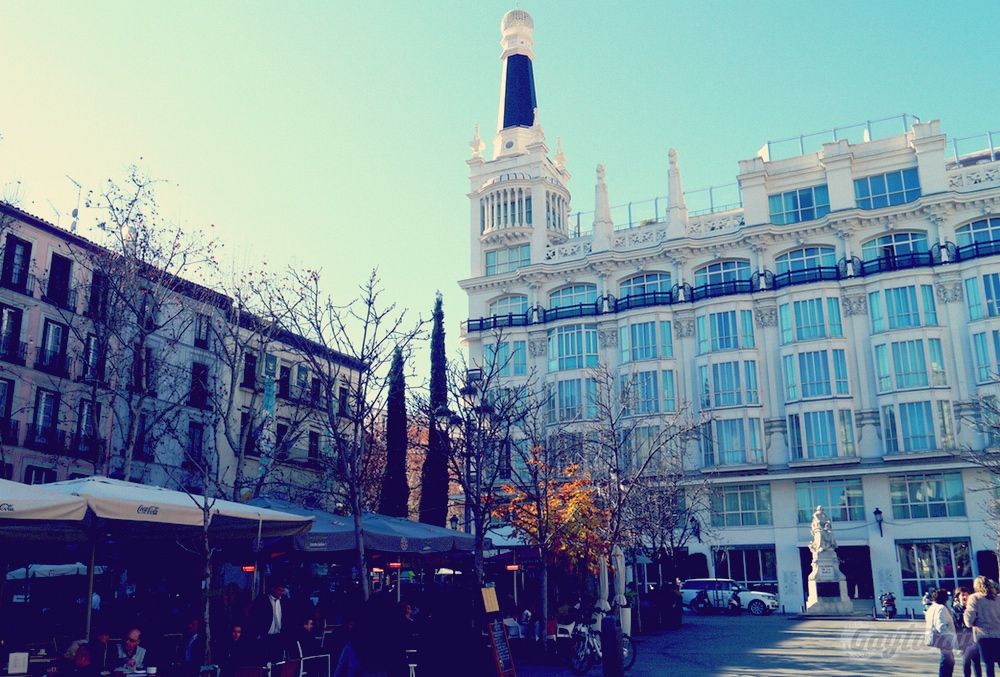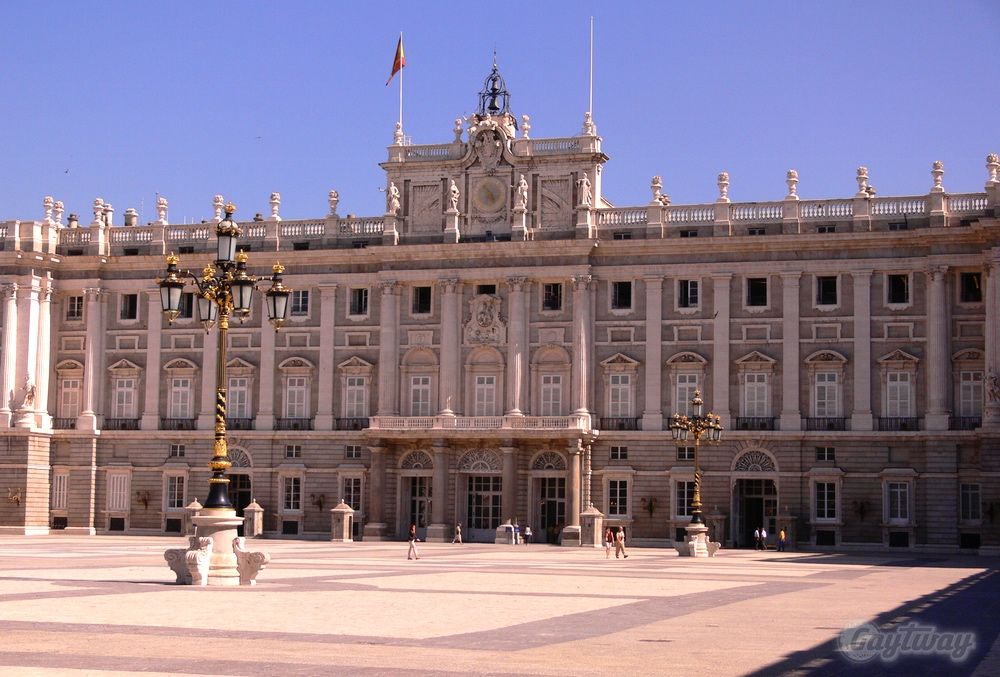Madrid
How to describe Madrid? Perhaps the most passionate city in the middle of the most passionate country? The energy and vitality that this metropolis exudes is equal to none. It’s music, dancing, very late nights, sheer craziness and a firm determination of its residents to having a good time - all fantastically rolled into one. It’s a party city - because it throws some of the best events on the planet: like its Gay Pride, now the biggest LGBT event in Europe and one that sees the whole of the city coming together to party.
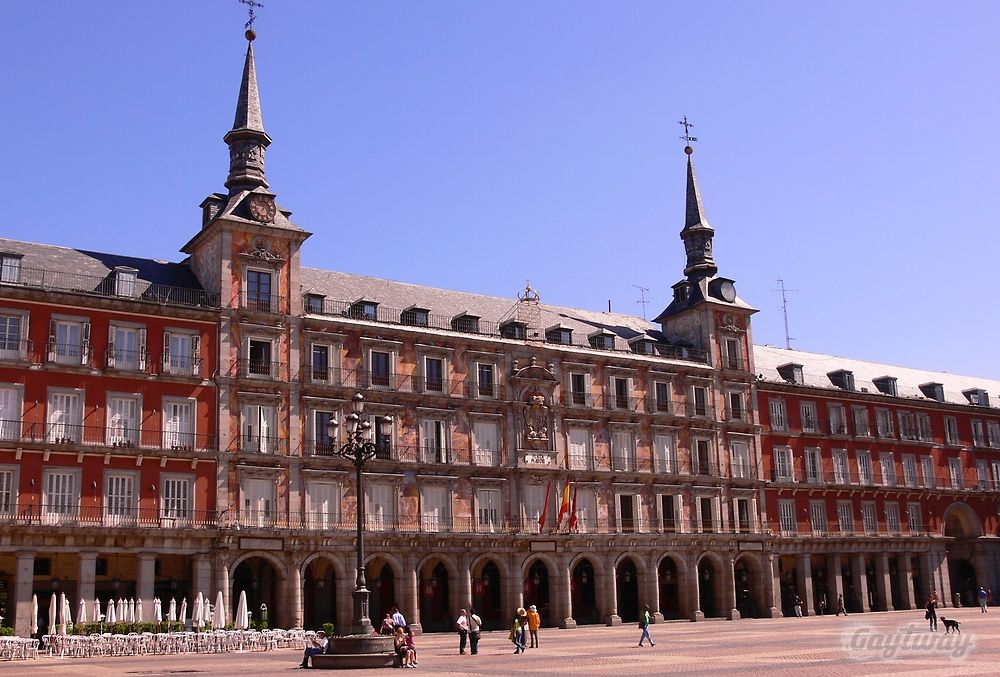
Photo Credit: Paul Lee-Maynard
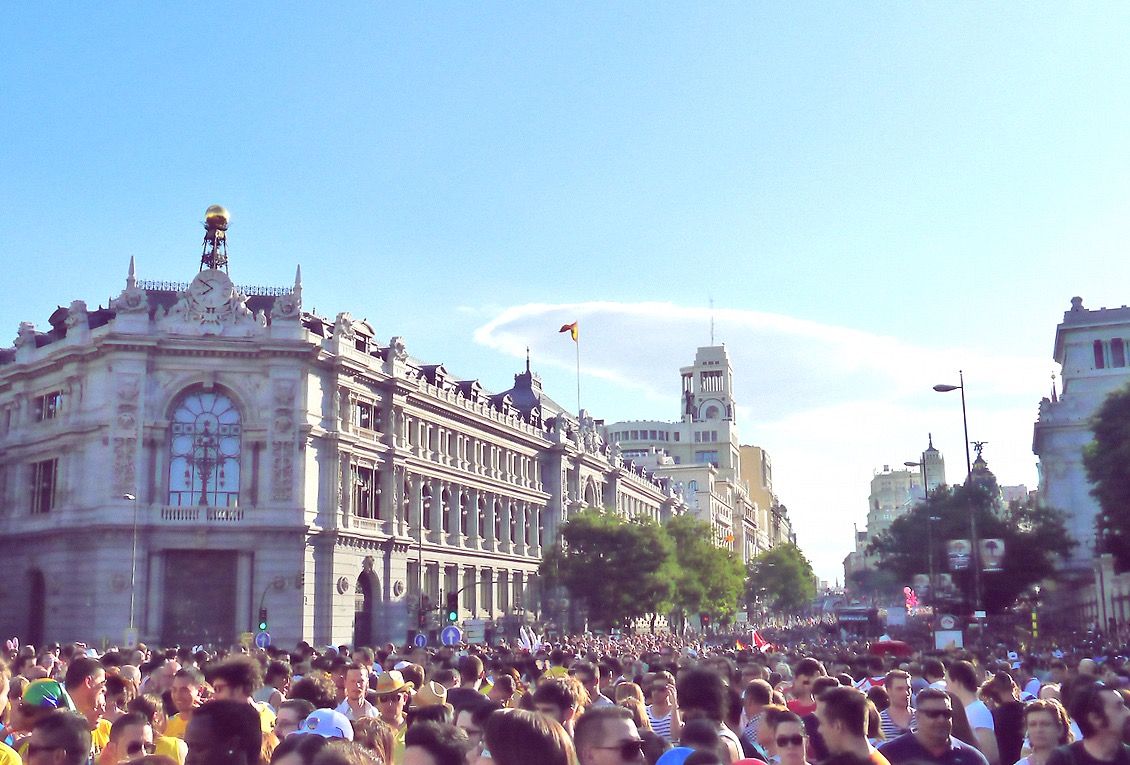
When to visit
Madrid is roughly at the centre of the Iberian peninsula at roughly 700 mt / 2,300 ft above sea level. Because of its position it has a rather continental climate, with very long, dry and hot summers and relatively cool winters, especially at night-time. During the months of June, July and August the daytime temperatures can reach and go beyond 40C/104F. Thankfully on these very hot days Madrileños can find some respite in the many parks and woodland surrounding the city.
Discover and enjoy...
If you have never been here before, make sure you don´t miss the main sightsAnd whether it´s your first time or you´re coming back again, we think you´ll enjoy these hot tipsor take that special vacation selfie
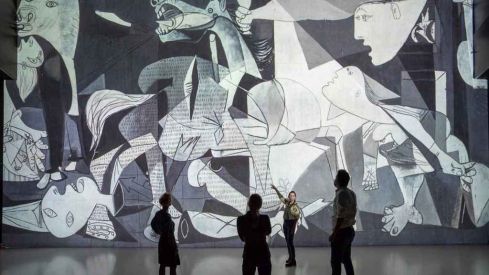
If you've never been to the colourful capital of Spain, these are the absolute must on your to-do list
- Visit Madrid's Prado Museum, with its world class colelction of Spanish and international masters.
- Head to the Reina Sofia Museum and marvel at Picasso's Guernica as well as some of the most known masterpieces of 20th century art.
- Check the Thyssen-Bornemitsza Museum, with its stunning collection from the Old Masters to contemporary art.
- Explore Chueca, Madrid's vivacious heart and traditional home of the country's largest LGBT+ community.
- Viist the Royal Palace, the largest in Europe, with its 3,418 rooms.
- Stop for a coffee in the vast and stunning Plaza Mayor, in the heart of the city’s historic district.
- Have a stroll in the Retiro Park and enjoy the beautiful gardens - perfect on a sunny day.
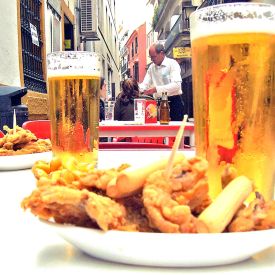
Madrid is arguably one of Europe's food capitals and its colourful markets are not just a souce of fresh produces to buy, but also a great way to taste amazing foods and wines. From the 100-year-old St. Miguel Market that has reinvented itself to house some Michelin starred chefs and become one of Madrid's most popular tourist attractions, to the San Anton Market, in the heart of Chueca. You can also escape the tourist crowds in the Anton Martin Market, not far from Madrid's Reina Sofia Museum with its distinctive latin flavour.
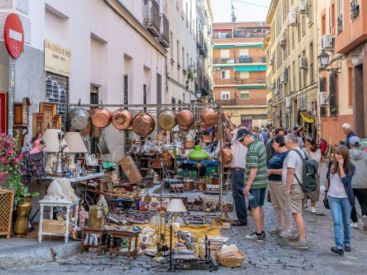
For over 250 years the traditional Flea Market of El Rastro has been the Sunday morning destination of the Madrileños and is held in the Calle de la Ribera de Curtidores and many surrounding streets. Get carried away and surprised whilst soaking in the atmosphere and the more than 3,000 stands that are set up in the neighbourhood and discover the most authentic corners of this part of Madrid. Here, you will be able to find almost everything: new and second-hand clothes, electrical appliances, shoes, costume jewellery, books, albums, crafts, furniture...
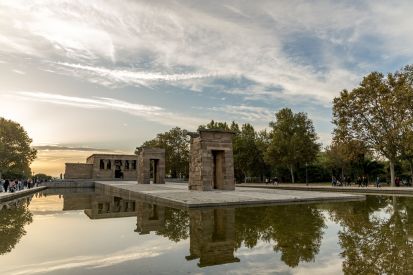
You don't have to travel all the way to Egypt to see an authentic second century BCE temple. Instead, you can just walk 300 metres from the uber-central Plaza de España to find the amazing Temple of Debod. This monument was brought stone by stone from Egypt to Madrid in 1968 and then reassembled with extreme care in this location, even replicating the temple's original orientation. The temple was a gift from Egypt for Spain's part in saving the Abu Simbel temples, which would have otherwise been submerged underwater after the construction of the Aswan Dam.
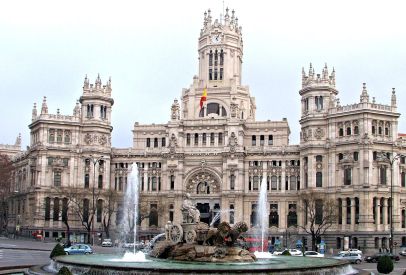
One of Madrid's symbol is the Cibeles Square. From political demonstrations to sport victory parades, to the Madrid Pride Parade - they all pass through here. Taking the name from the iconic Cibeles Fountain in the middle, it is also famous for the majestic Cibeles Palace on its northern side, which was the most monumental and imposing central Post Office in 1909 when it was built. Today, restored to its grandiosity, it is the seat of the local council, but inside there are permanent and exhibition galleries and an amazing bar/restaurant on the top floors offering some pretty amazing views over the city, including of course the famous fountain.
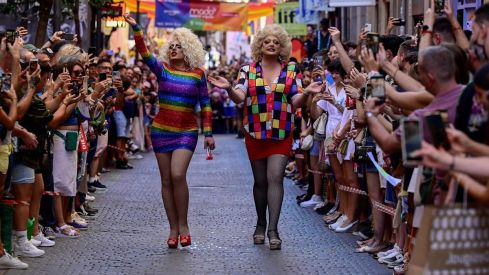
Madrid Pride, usually held on the first full weekend of July is an unmissable event for the incredible atmosphere that brings to the city. From the fun filled evening parade that takes hours to go through the centre, due to its size and participation, to the infinite number of parties that take place over Pride weekend. In fact the whole of the Chueca district turns into a giant and raucous street party. Hundred of thousands of people from all over Spain and indeed the world turn up to party and the city turns into a rainbow playground to enjoy to the max.
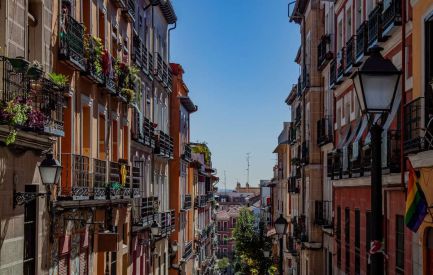
These districts, to the south of the centre, with their narrow, maze-like and steep streets are today an exciting mix testimony of the multiculturality of Madrid. Here you can savour exotic dishes from around the world, find small charming bars and nightclubs, old wineries and bars, funky retro hangouts and even some LGBT+ venues. And most importantly, you will be able to mix with the locals, who are always welcoming and cheerful.
Planes, trains and automobiles...
Madrid is served by the Adolfo Suárez Madrid–Barajas Airport, which is the sixth in Europe for passenger traffic and lies 13 Km from Central Madrid (Puerta del Sol). There are 4 Terminals, located in two different areas. Terminals 1, 2 and 3 (the original terminals) are in one cluster, while T4 and T4S (satellite), the more modern terminals, are located just to the north-east. Iberia and the other One World carriers use the new T4 and T4S.
The airport is served by the line 8 of the Metro, which calls at T1,2 & 3 and then at T4. From the airport it takes about 15-20 minutes to Nuevos Ministerios where the service terminates and connects with the rest of the network. The fare to the two airport station includes a small surcharge.
There is now also a local rail service (linea C1) from T4 to Chamartín Station (11 minutes), Atocha Station (25 minutes) and then Méndez Álvaro (29 minutes) and Príncipe Pío (38 minutes). This is especially great for travellers who continue their journey beyond Madrid as Chamartin and Atocha are Madrid’s two main rail stations.
If you prefer the convenience of door to door service, then you jump in a taxi. The good news is that for journeys between the airport and destinations within the M30 Ring Road, including those booked online or by phone, a flat rate fare of €30 will be charged.
Madrid has an extensive metro network, which comprises 13 lines and 301 stations. The service is efficient and quite cheap. There are buses as well and they are run by EMT Madrid. Single journey tickets are available on the bus, but you can buy a pass for ten trips at selected stations and now it is also possible to pay the fare with contactless credit cards, directly on the bus.
For Metro, buses and inner city rail transport there is now a convenient chip card ('Tarjeta Transporte Público Multi') which replaces paper tickets and that you can purchase in any station: you load the card with a set amount of credit or a travel pass. Every time you travel, you swipe the card at the beginning of your journey and the due amount is deducted. Once you run out of credit, you can easily top up at the machine or even using the IOS or Android app.
Taxis in Madrid are quite plentiful and a good option, especially at night. The number displayed on top of the taxi refers to the fare applied: 1 is the daytime fare and 2 is the night time (after 9pm) and weekend fare, which is slightly more expensive.
The Scene
Most of the gay bars in Madrid are to be found in the Chueca district, which is the traditional heart of the LGBT community. Bear in mind that people here go out late, in fact very late, which means that they do not get busy until after midnight.
